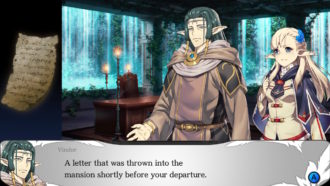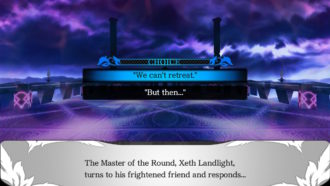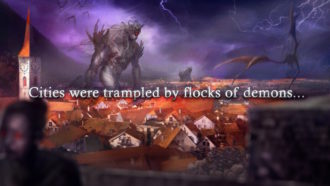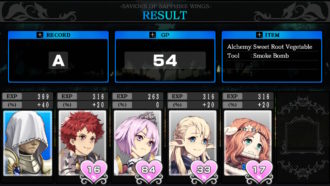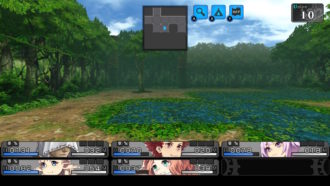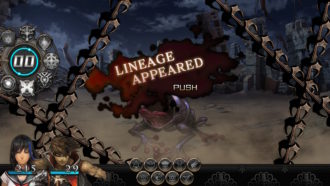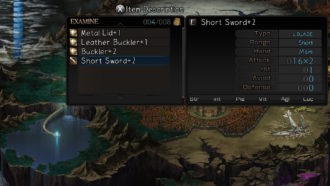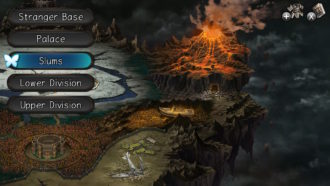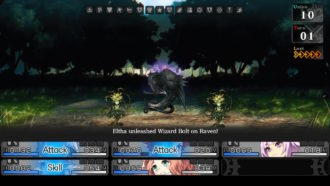A labyrinth of traps, monsters, and sweet loot awaits you in Saviors of Sapphire Wings and its partner Stranger of Sword City Revisited, two dungeon-crawling JRPGs bundled into one lengthy compilation. Equip your party of six and delve into some classic turn-based battles against gruesome foes, and bond with your allies to unlock the greatest power of all: friendship!
Saviors of Sapphire Wings begins 100 years in the past. You play as a member of the Knights of the Round, humanity’s final hope against the forces of darkness. The Overlord of Darkness “Ol=Ohma”, who has the power to corrupt human hearts and turn friends against each other, defeats the Knights and plunges the world into chaos and disorder. Fast-forward to the present day, where you are returned to life by divine forces and must gather a new generation of heroes to help you restore hope to the world. It’s a classic, satisfying JRPG fare. Your new life begins in Fewmy Village, home to the gentle Migmy people. Once you’ve gotten acquainted with the locals you set out into the wilderness to rescue a villager from wicked goblins before claiming a flying fortress as your new base, and thus the core game loop begins.
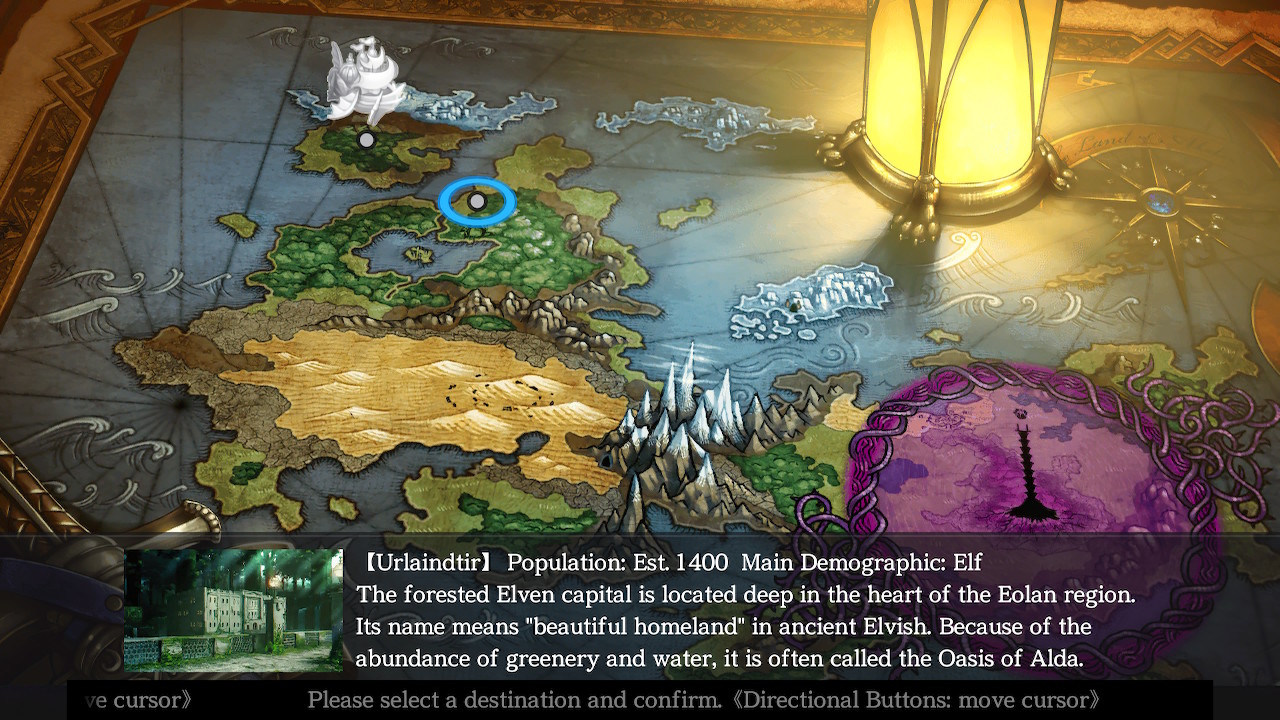
For those unfamiliar with dungeon-crawling RPGs (DRPGs), Saviors of Sapphire Wings is a forgiving entry point to the genre. The first area of the game uses its narrative as an excuse to tutorialise the player, without over-explaining or losing momentum. You explore labyrinths, grid-based maps that represent dangerous areas of the world. You view the labyrinth in first-person and have the ability to take a step in any cardinal direction. Each step you take moves you one grid square and permanently reveals that square on the map. There’s a small chance with each step that you’ll trigger a random combat encounter, forcing you to engage in turn-based combat with numerous foes. You may need to choose the Investigate action from the menu to search for hidden levers or secrets on a particular grid square, and some squares contain triangular markers that indicate a signpost, Trap Point, or boss encounter will trigger on entry.
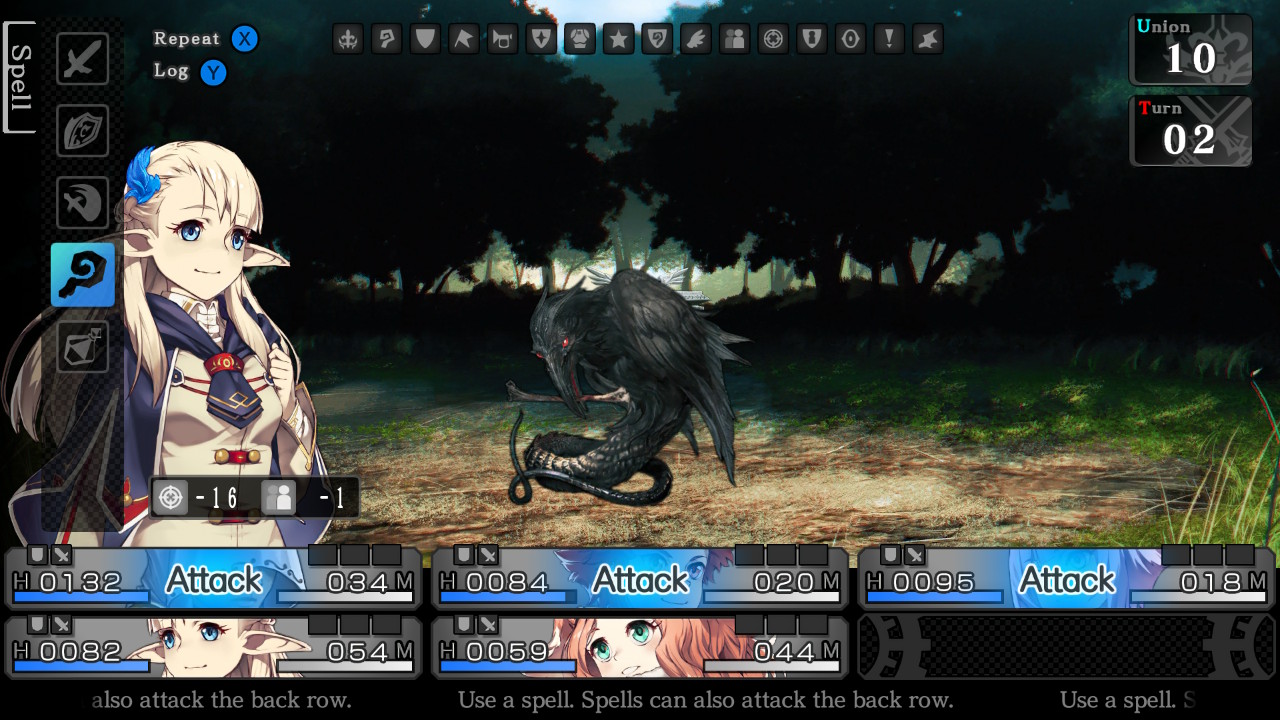
Combat is decidedly fast-paced thanks to the excellent “Fast Apply” option that allows you to skip individual turn animations, instead summarising each turn in one swift motion – a godsend for fights against multiple enemies. With a full party, you’ll have six allies that can each take an action – three in the front row, three in back. Weapons, spells, and skills are affected by range. For example, enemies in the back row may be attacked with a Fire Bolt spell, while allies in the back row may need a spear or bow to hit their foes. Party members, or “Squires” as the game calls them, perform different roles in battle depending on their class. These range from the traditional Fighter and Wizard archetypes, to the more unusual dual-wielding Samurai and light-based Valiant classes. Each class prefers a specific row position in battle, and its effectiveness is affected by the Squire’s “Soul Shape” which is a nice stand-in for racial bonuses. You can change class at any time between dungeon trips, but keep in mind that levelling up only provides minor stat bonuses, so you can limit your Squires’ potential by levelling inefficiently if you’re not careful.
Outside of battle, there are a wealth of systems to delve into that rival the complexity of the dungeons themselves. Crafting is an entire sub-game on its own, with the various ingredients you can gather providing a whole host of alchemical effects when combined. Some alchemical products can be used as bait at designated Trap Points within labyrinths, allowing you to attract strong monsters that provide better loot when defeated. You can improve weapons by smelting similar kinds in the Magic Furnace, which gives you a bonus to your attacking stats.
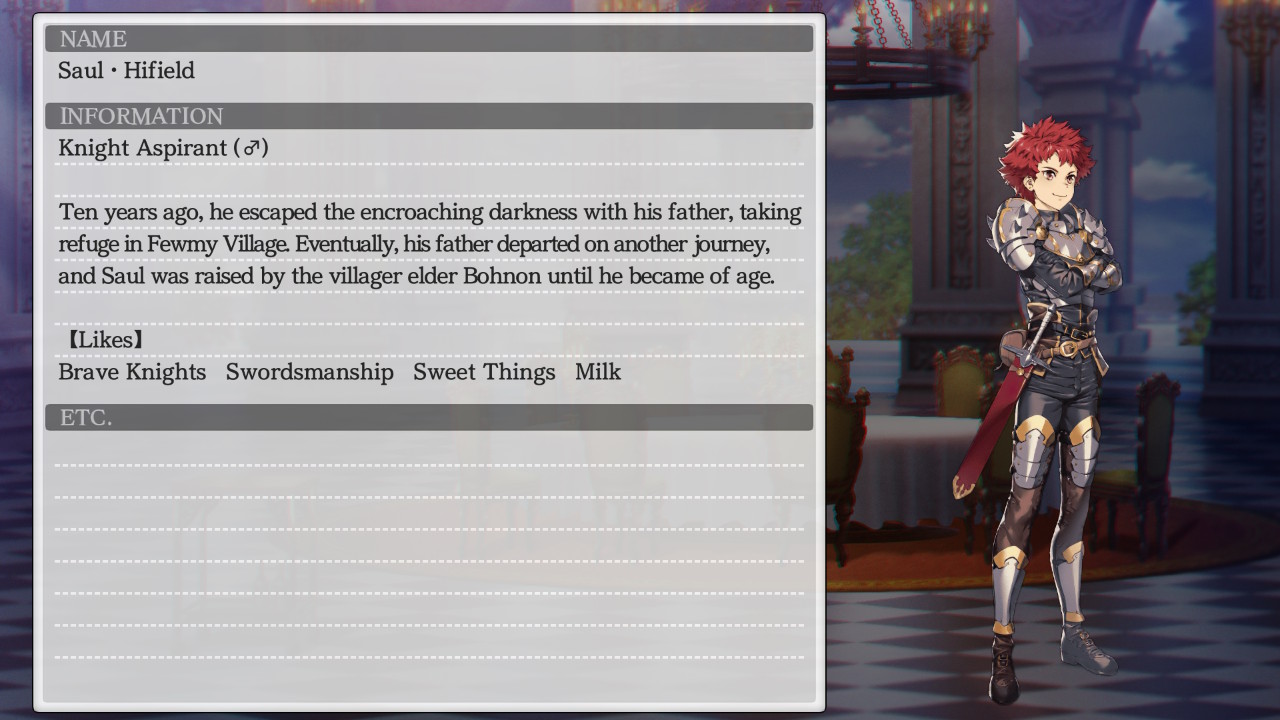
The crafting systems even filter into the party system: creating a Squire’s preferred food or drink and gifting it to them will increase their Soul Gauge immensely. When the Soul Gauge is full, you can increase that Squire’s Soul Rank, a measure of how much they trust the protagonist. Each Soul Rank gained provides a number of benefits including increased experience point earnings, resistance to Charm attacks, new Union Skills, and access to new sub-classes. It’s quite a cute system that feeds nicely into the story: you befriend your Squires by inviting them to your room at the floating fortress and dining with them, with the level of their trust affecting your party’s resistance to the evil Ol=Ohma’s corrupting influence. The higher the Soul Ranks of your party, the more chances you have to use special Union Skills that deflect Ol=Ohma’s powerful attacks. It’s an excellent example of using the game mechanics to reflect progression in the narrative.
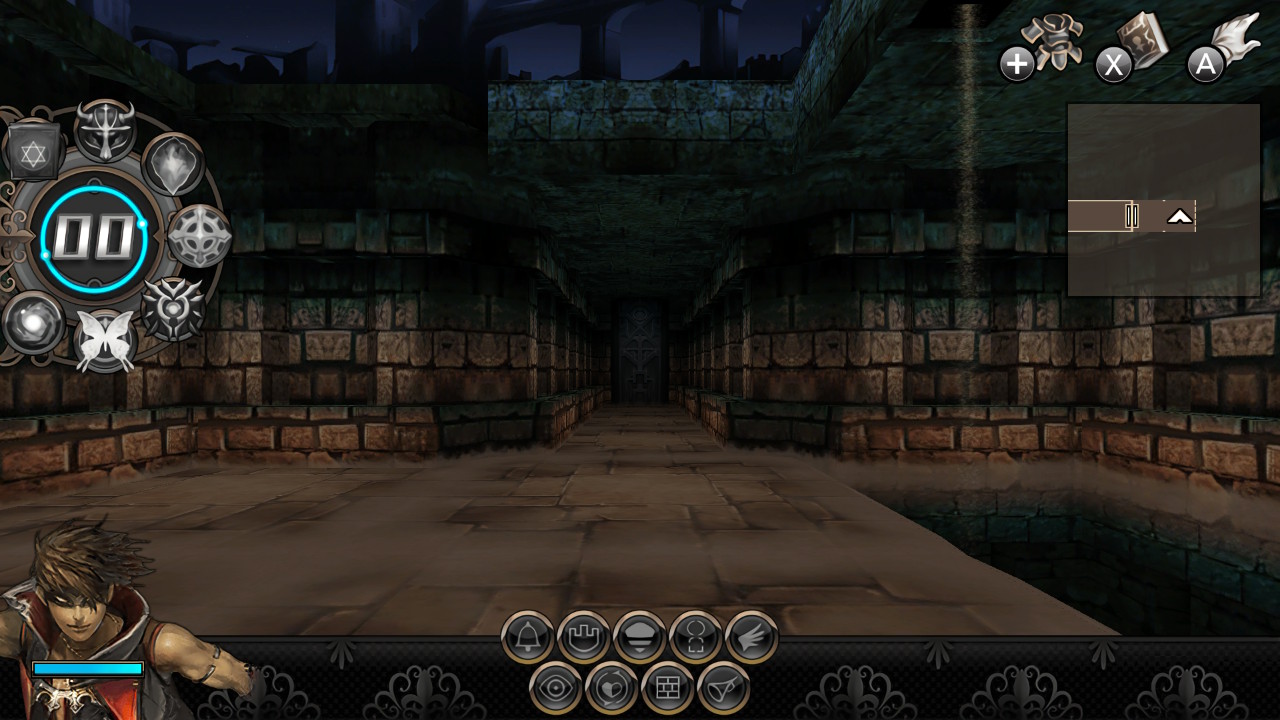
Stranger of Sword City Revisited is built on the bones of Saviors of Sapphire Wings, but takes a much edgier approach. When your plane crashes through a mysterious portal, you’re transported to a Mad Max-esque modern fantasy apocalypse where you and your fellow Strangers are tasked with changing the fate of Sword City. Gameplay-wise, the basics are the same: you’ll explore labyrinths, complete quests, and slay monsters. However, the tone and difficulty are definitely on the more brutal side. You’ll have access to a bunch of different party members right from the start, and extra challenges task you with defeating vicious Lineage monsters in a certain number of turns. Also, dead party members are no longer automatically revived when leaving a labyrinth, making defeat much more punishing as healing them will drain your limited resources. Sword City also introduces the concept of time passing, with characters’ age affecting their health and stat bonuses.
Closing thoughts
All in all, I’m enjoying my time with Saviors of Sapphire Wings, though I wouldn’t say that Stranger of Sword City Revisited is for me. I feel that the darker tone of Sword City – in tandem with its higher difficulty – would be more suited to veterans of DRPGs, or hardcore gamers looking for a challenge. This is in spite of an easier difficulty setting introduced in this Revisited version, which remasters the original 2016 PC and Vita release. The colourful high-fantasy characters and emphasis on bonding with your Squires in Sapphire Wings provide a cosy context to the dungeon-crawling: playing on Switch, it’s incredibly comforting to grind a few levels in a labyrinth before bed on a cold night. For anyone seeking some classic, complex RPG systems to get stuck into (and something a little less intense than NIS America’s recent Trails of Cold Steel IV), this dungeoneering dual-pack is worth the delve.
